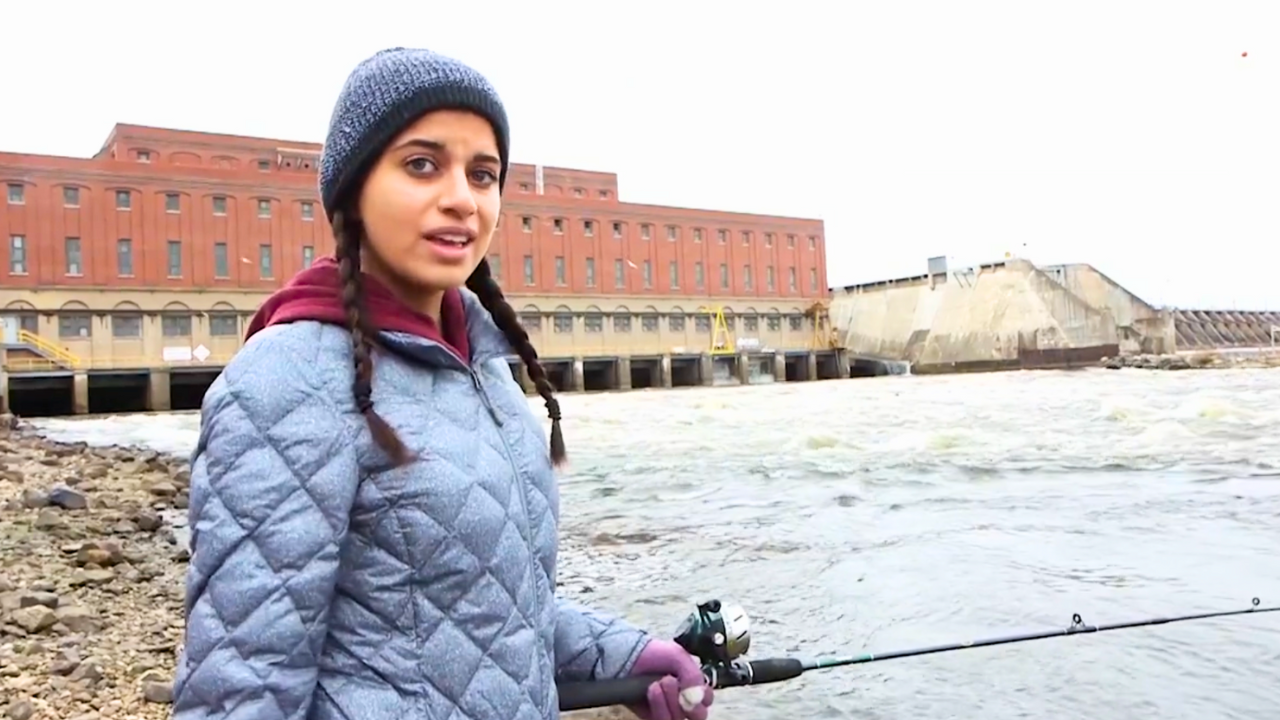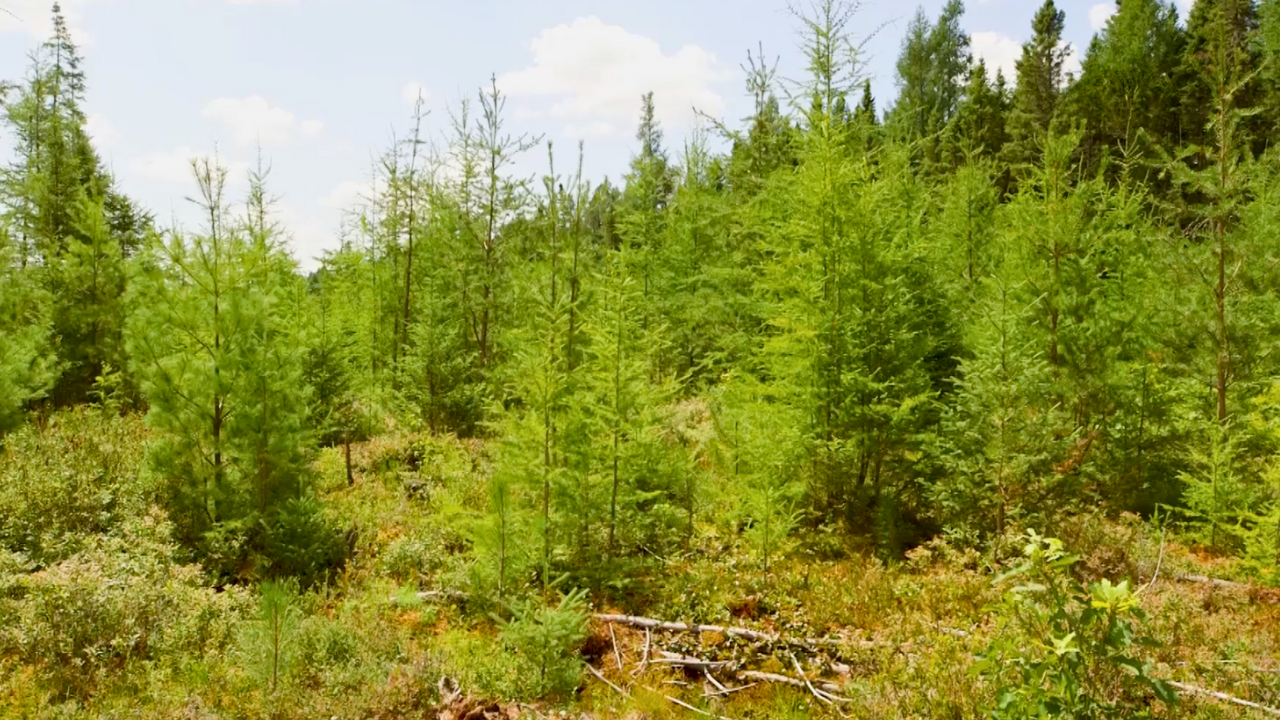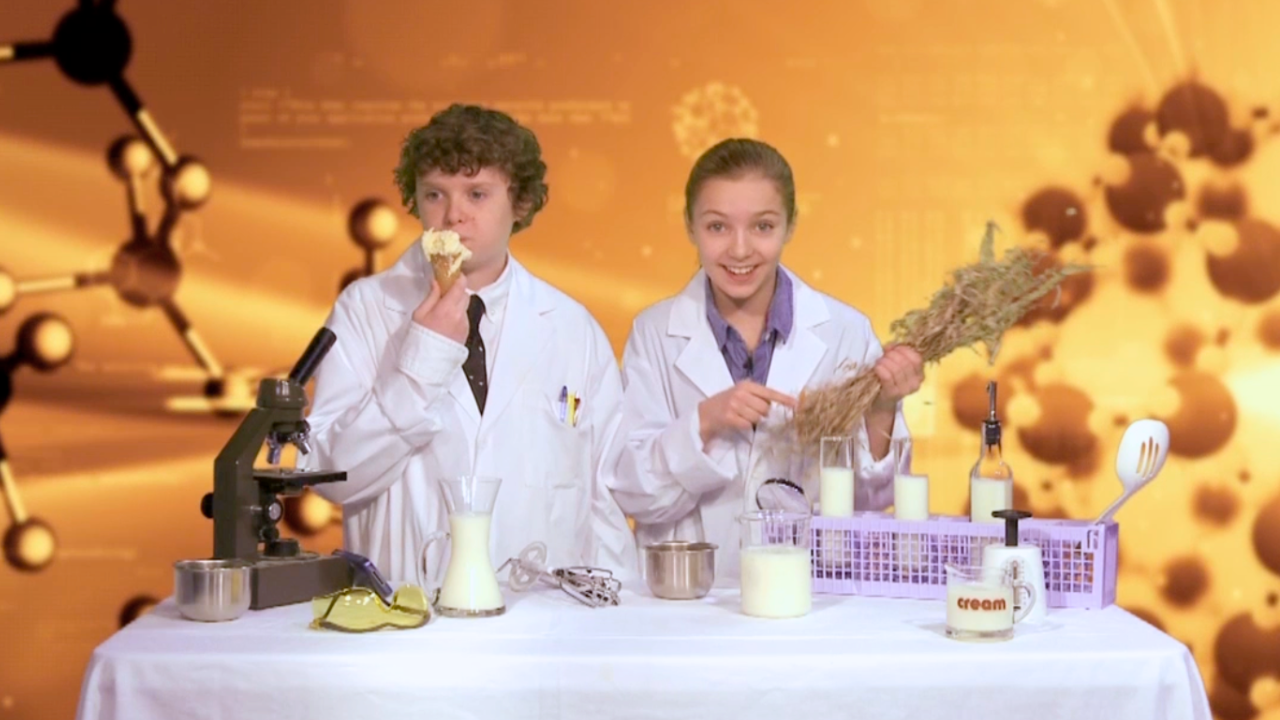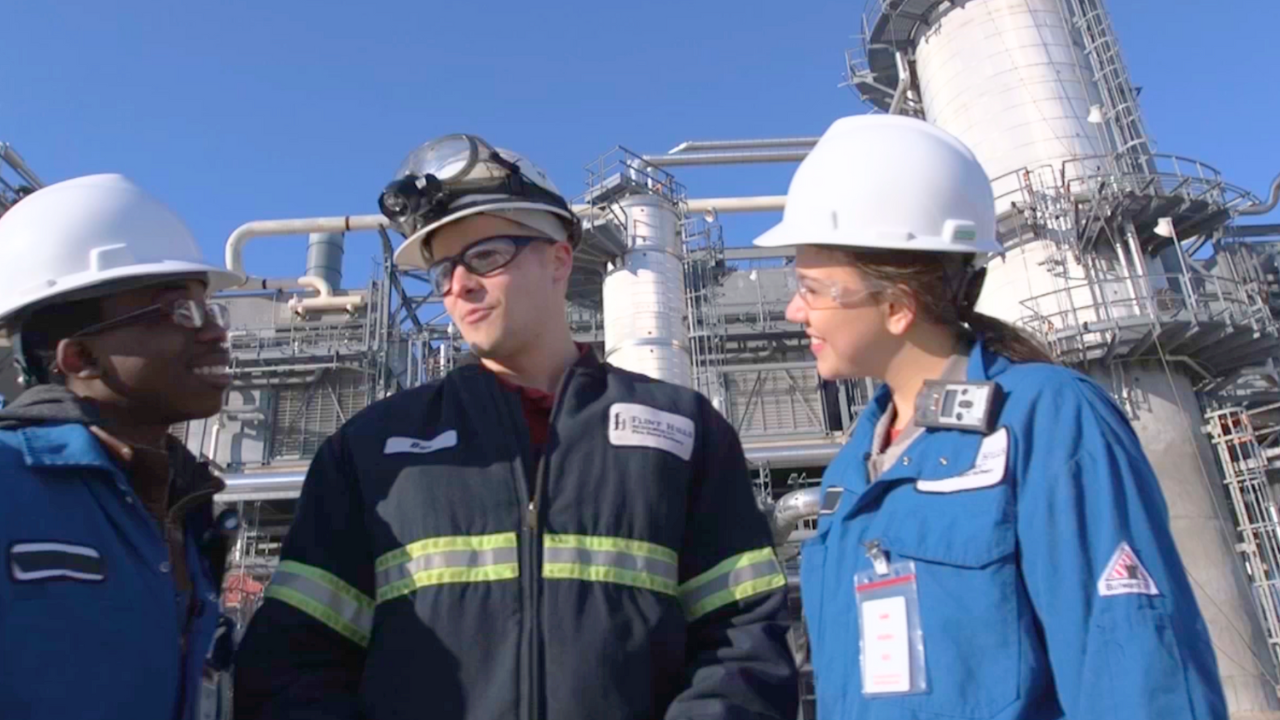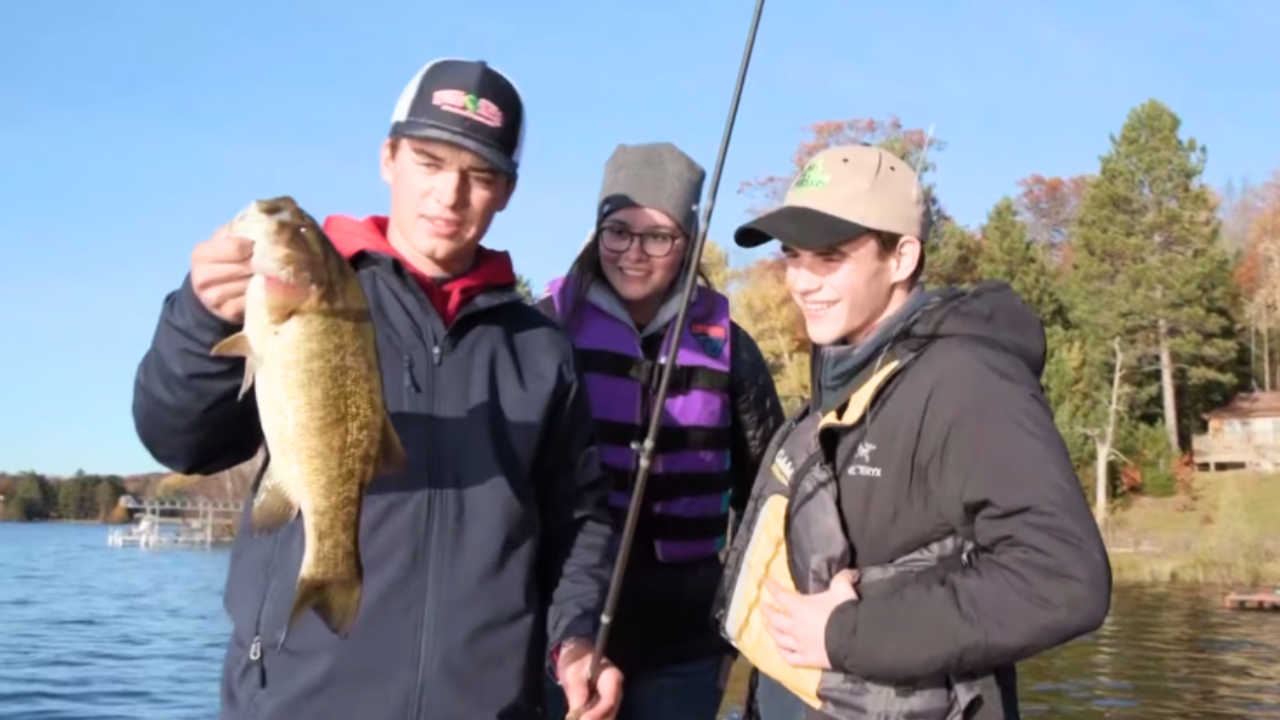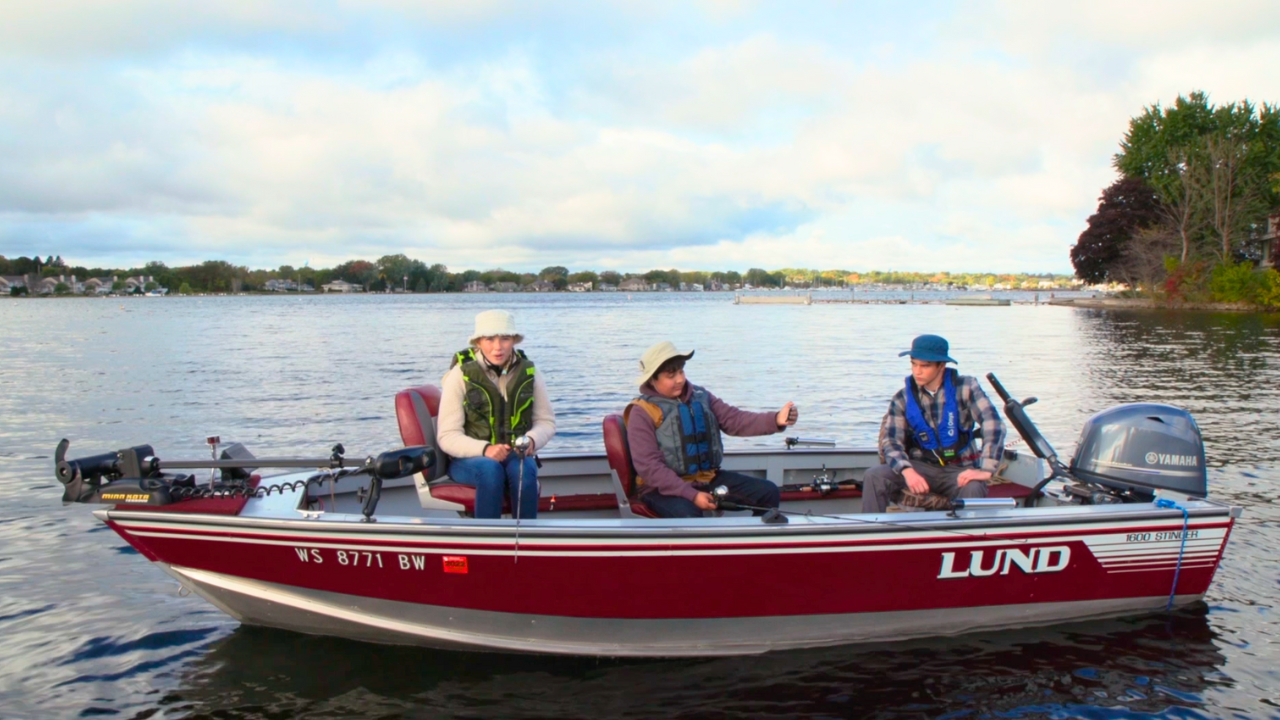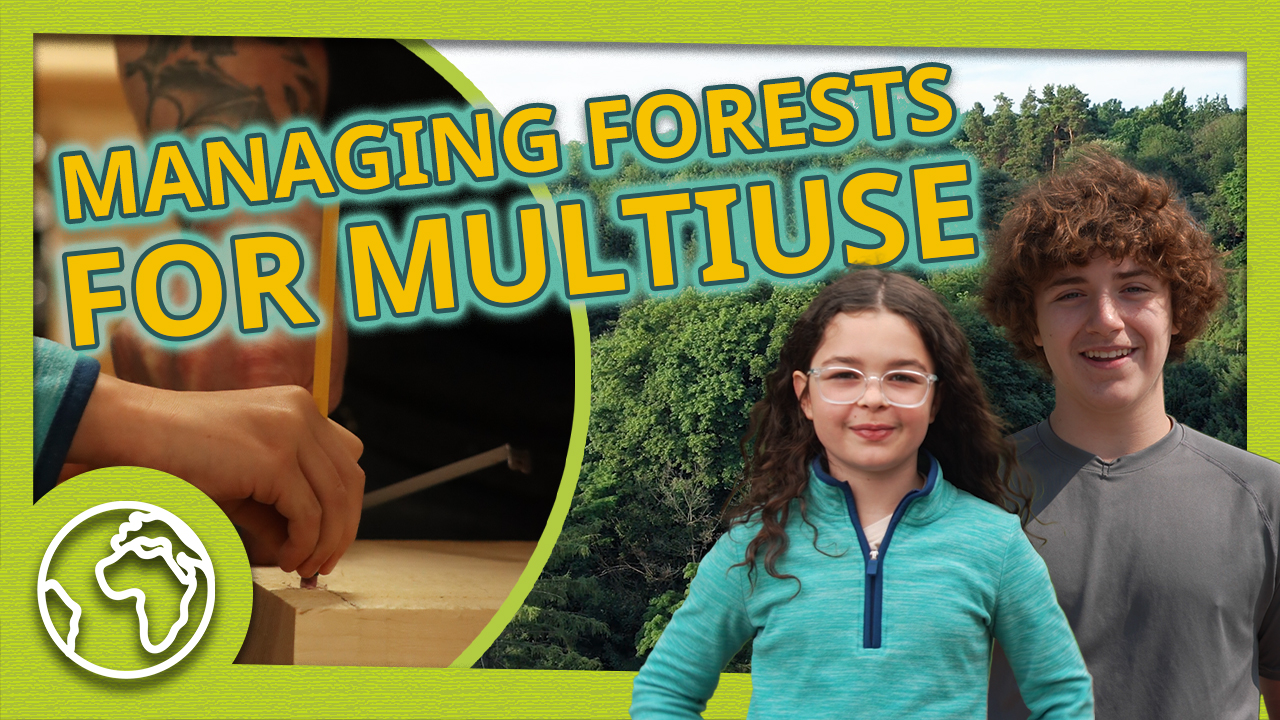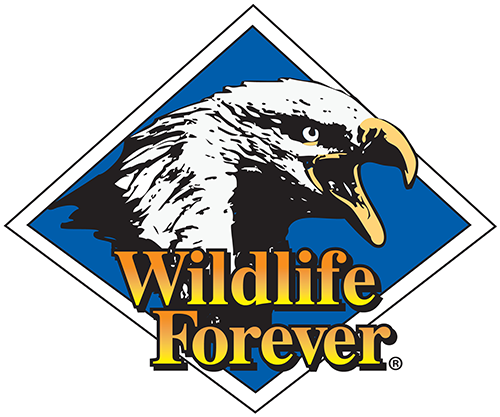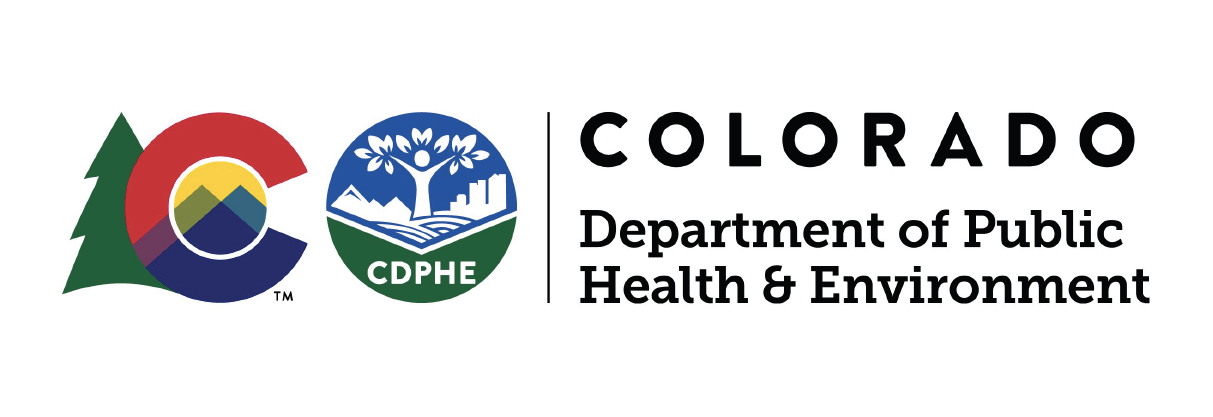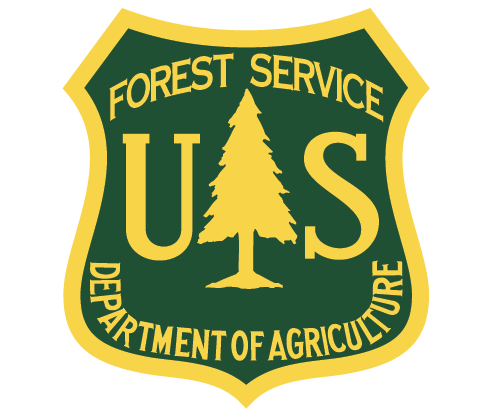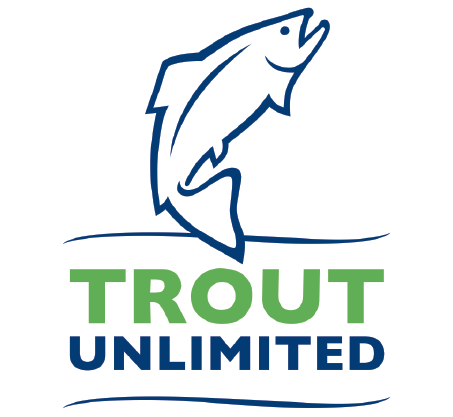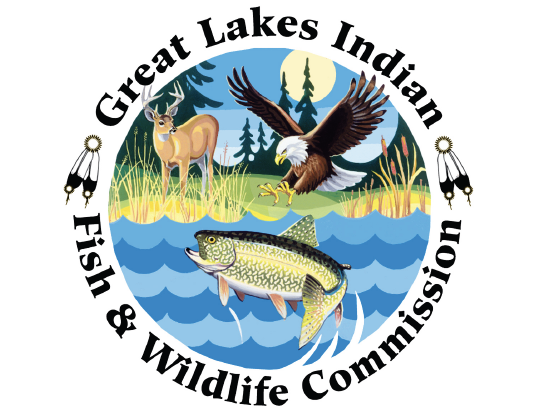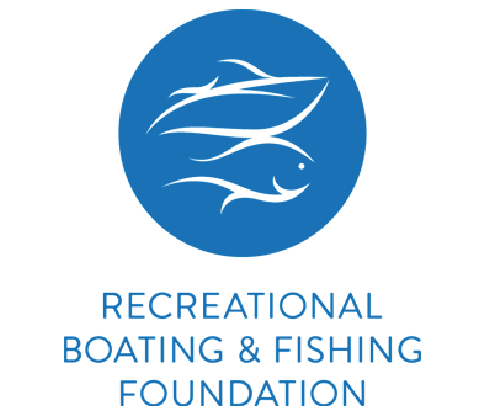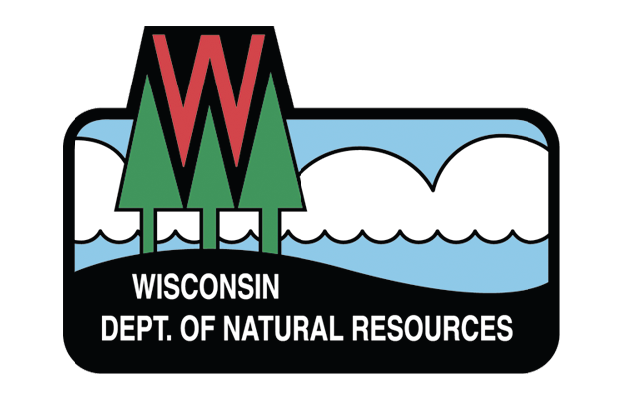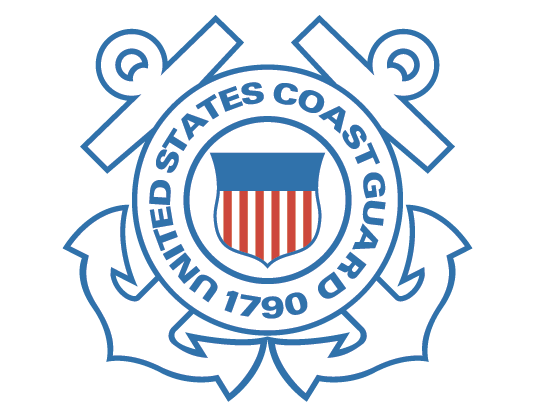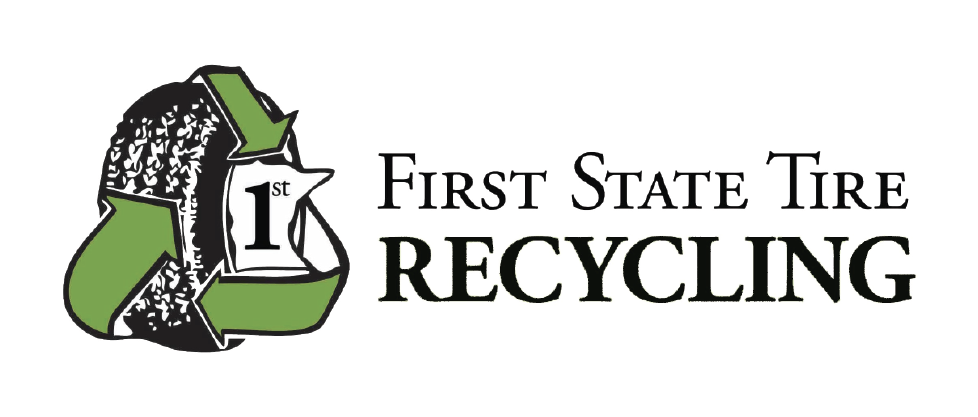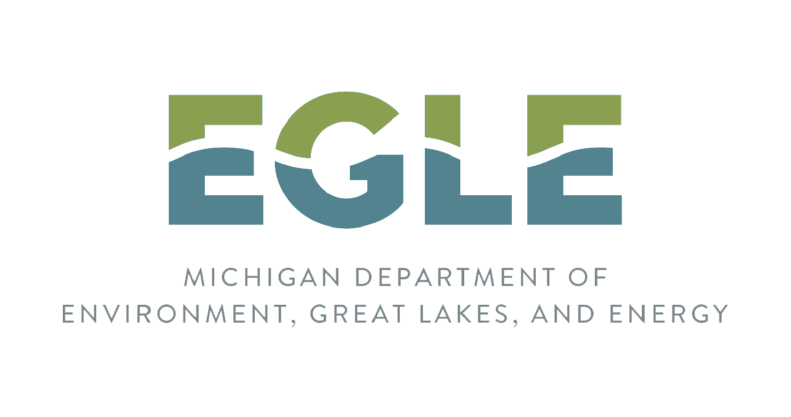A River Reborn
Rivers are like arteries, bringing life to the region surrounding them, washing away waste, purifying the environment with their biotic and abiotic processes. Just like in the body, natural communities thrive when the flow is swift and pure and healthy. But just like a body, rivers are there to be used. The native tribes say; think like a river, and you will bring health to her and all she touches. Others say that rivers are tools to be used for efficient support of modern civilization, and should be maximized in such use. Whose perspective is right? Is there a way to do both?
The Ottaway is a case study of the issues that people everywhere are facing in regards to river health and the environmental impact of human activity. It is told though the voices of the people who care about the river, rely on its functions, and want to share their perspectives on what impending change means to them. Through their stories your students will hear the facts and experience the emotional impacts that helped community leaders make decisions on natural resource use such as logging, hydroelectric dams, fishing and boating. Through viewing scientific research methods used to gather data, your students will understand how data is collected and analyzed to determine the health of a fishery – which is the marker for overall river health.
The ultimate question is can humans take advantage of a natural resource without consequences? And if a resource is impacted by human activity, is there a way back? Experience The Ottaway to find your answers in two ways: 1) Watch all the classroom videos at the top of this page, or watch the full one-hour Emmy-winning film, 2) Have your teacher download the classroom Discussion Guide below for a healthy exchange of peer-driven, critical thinking and learning.
Full Video
Classroom Videos
White Pine Logging Era
What Voices & Values Matter
Balancing Emotion, Science & Facts
When A Dam Dies
Worth Of A River
A River Restored
Purpose and Life of a River
Historic Impacts On Rivers
Classroom Assets
Green Bay Discussion Guide


